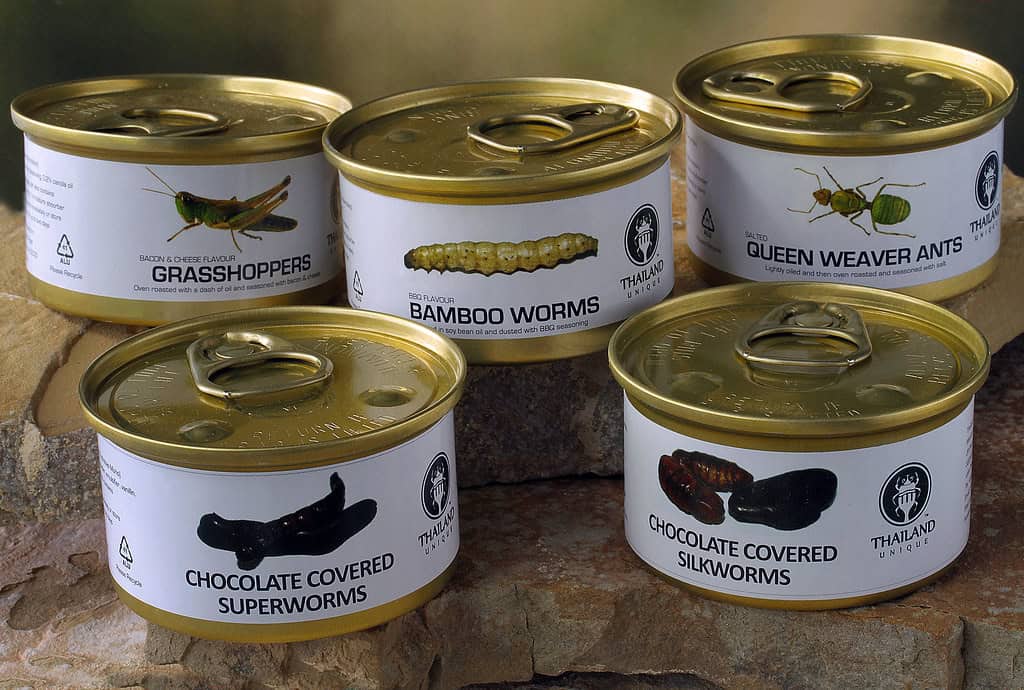In a world facing growing food security challenges, insects represent a nutritional goldmine that billions of people have been harvesting for millennia. Yet, the mere suggestion of eating a cricket or mealworm can trigger disgust in many Western societies. This stark divide in culinary acceptance isn’t random—it’s shaped by deep cultural histories, psychological mechanisms, environmental conditions, and modern food systems. Today, as scientists promote entomophagy (insect consumption) as a sustainable protein source for the future, understanding why some cultures enthusiastically consume insects while others reject them reveals fascinating insights into human psychology, cultural evolution, and our relationship with food. From the bustling insect markets of Thailand to the experimental kitchens of Nordic food labs, the story of edible insects encompasses tradition, innovation, and the challenge of overcoming deeply ingrained food taboos.
The Global History of Entomophagy

Humans have been consuming insects since prehistoric times, with evidence suggesting that insect-eating played a significant role in our evolutionary history. Anthropological research indicates that early hominids likely gathered insects as an easily accessible source of protein and nutrients. Archaeological findings have uncovered insect remains in ancient human settlements across continents, confirming that entomophagy has deep historical roots in human civilization. Unlike modern Western aversions, insect consumption was once widespread across almost all human societies.
Today, approximately 2 billion people regularly consume insects as part of their traditional diets, spanning more than 3,000 ethnic groups across 130 countries. The practice remains particularly prevalent in tropical regions of Latin America, Africa, Asia, and Australia. Historical records from ancient civilizations including the Greeks, Romans, and various Asian dynasties document the consumption of insects not just as famine food but often as delicacies reserved for elites. These historical patterns reveal that the Western rejection of entomophagy is relatively recent and geographically limited, representing a significant deviation from humanity’s long-standing relationship with insect foods.
Cultural Acceptance: Where Insects Are Culinary Treasures

In Thailand, more than 200 insect species are consumed regularly, with creatures like bamboo worms, crickets, and giant water bugs featured prominently in markets and street food stalls. Thai consumers appreciate these foods not merely for their nutritional value but for their distinct flavors—giant water bugs are prized for their aromatic qualities similar to fine cheese or wine. Mexico’s culinary tradition celebrates chapulines (grasshoppers) seasoned with lime, garlic, and chile as a protein-rich snack and ingredient, while escamoles (ant larvae) command prices comparable to caviar in high-end restaurants. In both countries, these foods represent cultural heritage and regional identity rather than merely survival food.
Japan’s traditional consumption of inago (locusts) and China’s enjoyment of silkworm pupae demonstrate how insect foods often became integrated into diets through agricultural practices—both emerged as by-products of other food systems. In parts of sub-Saharan Africa, termites and caterpillars provide crucial seasonal nutrition, with some communities deriving up to 50% of their protein during certain months from these sources. Across these diverse cultures, insects aren’t consumed with reluctance but are actively sought out, with specific preparation methods refined over generations and distinct preferences for particular species, much like the appreciation for fine wines or cheeses in Western contexts.
The Western Aversion: Understanding the “Yuck Factor”
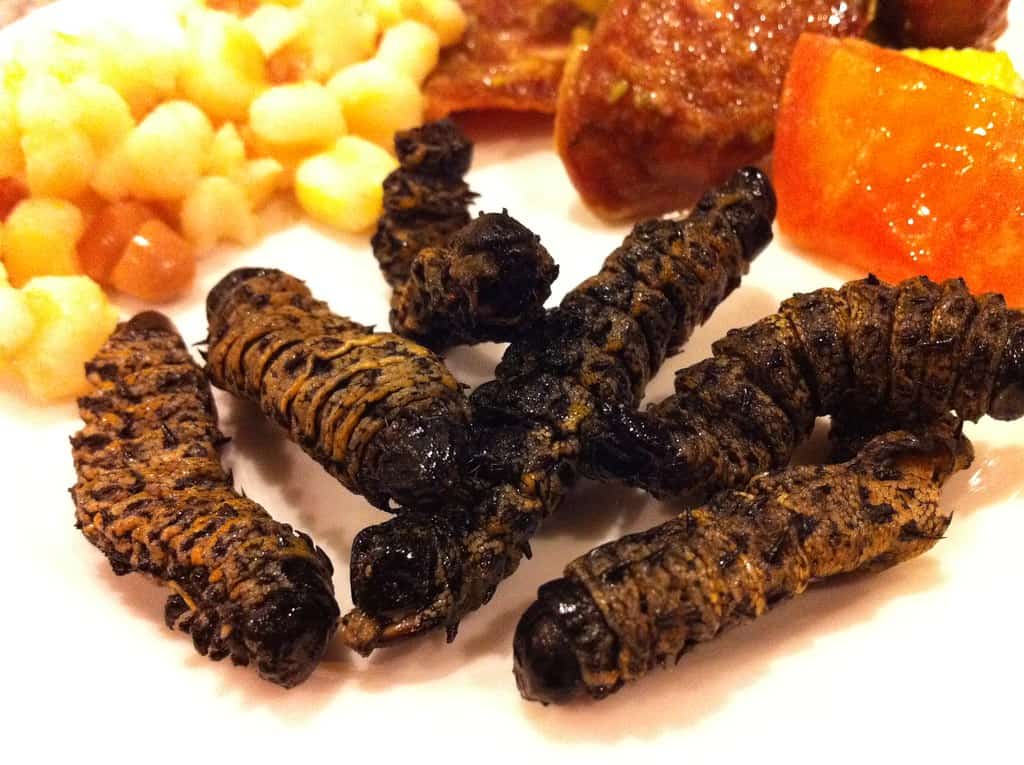
The pronounced Western aversion to insect consumption can be traced to a complex interplay of historical, environmental, and cultural factors. This rejection is rooted in what psychologists call the “omnivore’s dilemma”—the tension between neophobia (fear of new foods) and neophilia (curiosity about new foods) that helped our ancestors avoid poisonous substances. For Western societies, insects became firmly categorized as “non-food” items, associated instead with contamination, disease, and agricultural pests. This categorization was reinforced during the Agricultural Revolution, when insect consumption became less necessary due to the abundance of livestock protein sources.
The psychological mechanism of disgust plays a particularly powerful role in Western rejection of entomophagy. Research shows that disgust evolved primarily as a disease-avoidance mechanism, protecting humans from potentially contaminated substances. In Western cultural contexts, insects became strongly associated with decay, filth, and pathogen transmission. This association was further reinforced through cultural transmission—children learn which foods are appropriate from their social environment. Colonial perspectives also contributed significantly, as European powers often characterized the consumption of insects as “primitive” or “uncivilized,” creating lasting stigma around these food sources that persists in modern Western food cultures despite growing evidence of insects’ nutritional and environmental benefits.
The Nutritional Powerhouse of Insect Protein
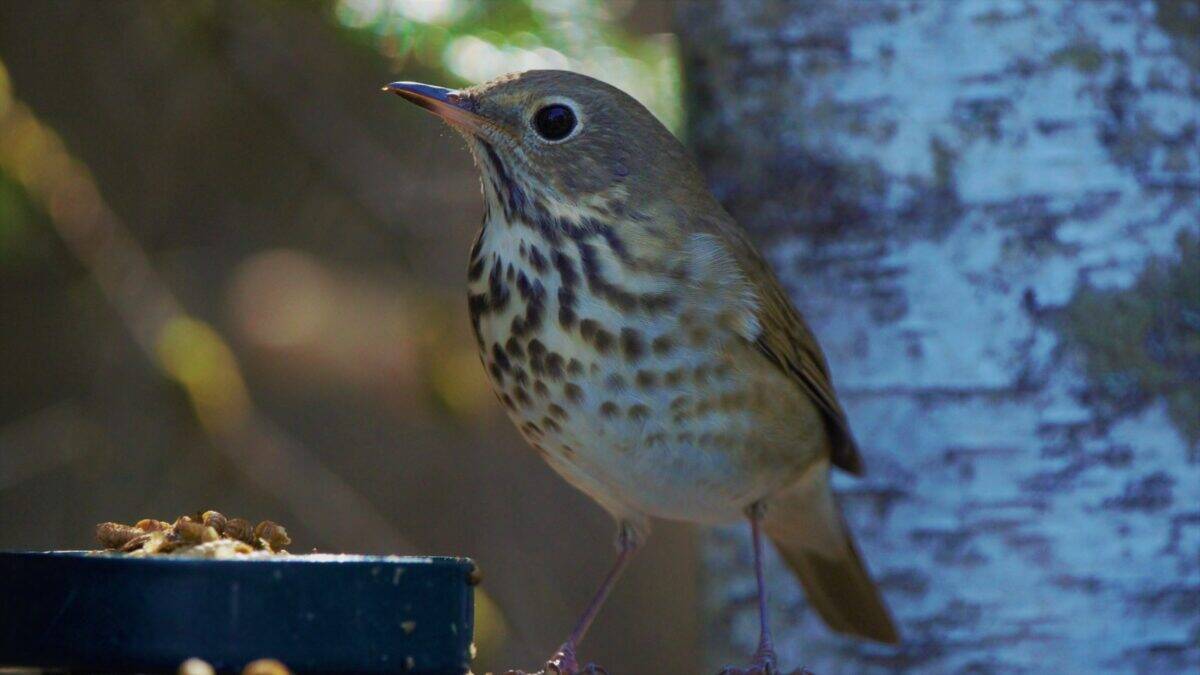
Insects represent one of the most nutrient-dense food sources available, often surpassing conventional protein sources in key nutritional aspects. Mealworms and crickets, for example, contain protein percentages comparable to beef (approximately 20-25%), but with significantly higher proportions of essential amino acids and lower saturated fat content. Many edible insects are particularly rich in iron, zinc, calcium, and B vitamins—nutrients often lacking in plant-based diets. House crickets contain more than twice the iron of spinach by weight, addressing a common nutritional deficiency affecting over 2 billion people globally.
Beyond macronutrients, insects offer unique nutritional compounds rarely found in conventional Western diets. The exoskeletons of many insects contain chitin, a form of fiber that may act as a prebiotic supporting gut health. Recent research has identified bioactive peptides in various insect species with potential immunomodulatory and anti-inflammatory properties. Studies comparing the nutritional profiles of various edible insects show remarkable diversity—mopane worms from southern Africa contain up to 61% protein by dry weight, while palm weevil larvae from Southeast Asia offer rich sources of essential fatty acids. This nutritional density explains why many traditional societies have long valued insects not just as food but as medicinal resources, particularly during vulnerable life stages like pregnancy and childhood.
Environmental Benefits of Insect Agriculture
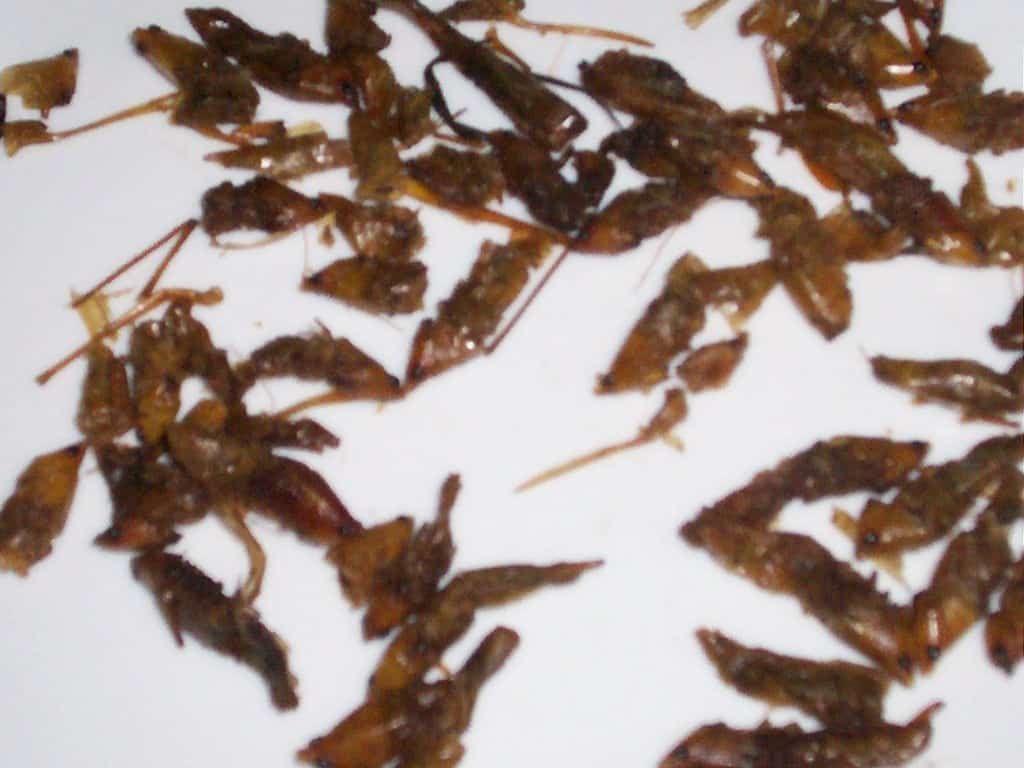
The environmental case for expanding insect consumption is compelling when compared to conventional animal agriculture. Insect farming requires dramatically fewer resources than traditional livestock production—crickets need 12 times less feed than cattle, 4 times less than sheep, and half as much as pigs and chickens to produce the same amount of protein. This efficiency extends to water usage, with insect farming requiring a fraction of the water needed for conventional meat production. One kilogram of beef protein requires approximately 22,000 liters of water, compared to less than 1,000 liters for the same amount of cricket protein.
Greenhouse gas emissions represent another significant advantage of insect agriculture. Livestock production contributes approximately 14.5% of global greenhouse gas emissions, with cattle being particularly problematic due to methane production. In contrast, most edible insect species produce negligible amounts of methane and significantly lower levels of ammonia and other greenhouse gases. Insects can also be raised on organic side-streams and agricultural waste products, potentially creating circular food systems that reduce overall waste. Research from Wageningen University estimates that insects convert feed to protein about twice as efficiently as chickens and more than five times as efficiently as beef cattle, making them a promising component of sustainable food systems as global protein demand increases with population growth.
From Disgust to Curiosity: Changing Western Attitudes
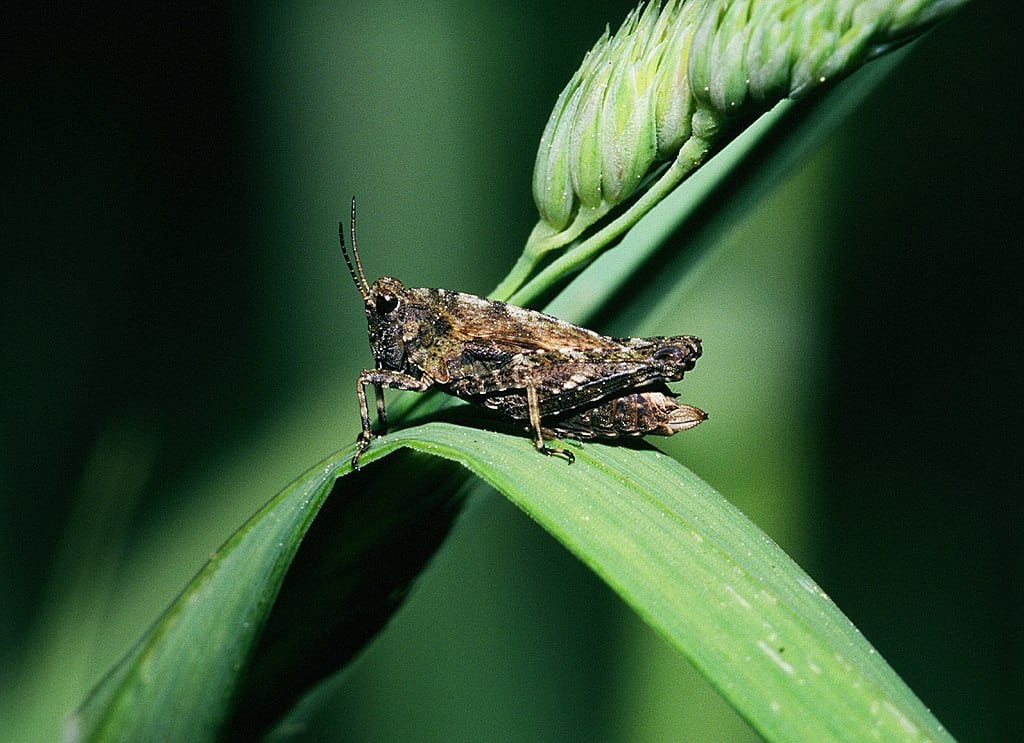
A gradual shift in Western attitudes toward entomophagy is emerging, driven by multiple factors including environmental consciousness, adventurous food trends, and strategic marketing approaches. High-profile endorsements from environmental advocates and celebrities have helped normalize the concept, while innovative food entrepreneurs have created insect-based products designed to appeal to Western palates. Companies like Exo, Cricket Flours, and Entomo Farms have developed protein bars, pasta, and baking flours that incorporate insect protein in familiar formats, allowing consumers to experience the benefits without confronting whole insects directly.
Educational initiatives have proven particularly effective in changing attitudes. Research from universities in Belgium and the Netherlands shows that providing information about the environmental and nutritional benefits of insect consumption significantly reduces disgust responses and increases willingness to try insect-based foods. Culinary innovation has also played a crucial role, with renowned chefs like René Redzepi of Noma and Alex Atala of D.O.M. incorporating insects into high-end gastronomy, elevating their status from survival food to culinary innovation. These approaches collectively suggest that Western aversion isn’t immutable—exposure, education, and appropriate cultural framing can shift perceptions, particularly among younger generations who show greater openness to novel food sources aligned with environmental values.
Regulatory Challenges and Food Safety Considerations
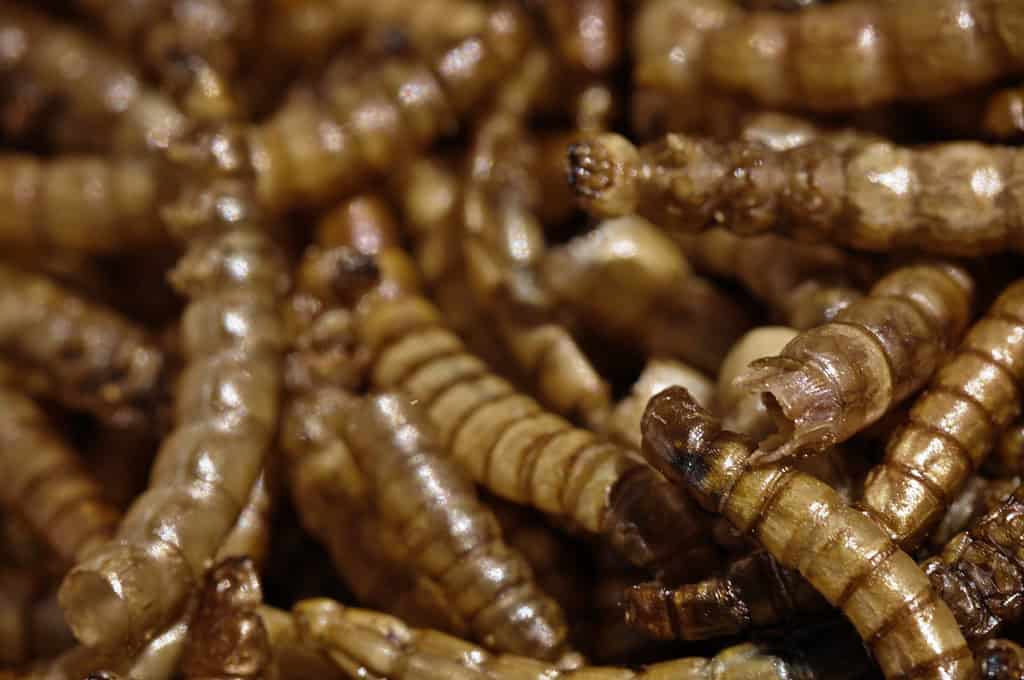
The expansion of insect foods faces significant regulatory hurdles in many Western nations, where food safety frameworks were not designed with entomophagy in mind. The European Union made a landmark decision in 2021 when the European Food Safety Authority approved yellow mealworms as the first insect “novel food,” followed by house crickets and migratory locusts, creating pathways for legal insect food products. In the United States, regulatory oversight remains fragmented between the FDA and USDA, creating uncertainty for producers. While whole insects fall under FDA jurisdiction as food, insect-derived ingredients face more complex regulatory pathways that have slowed commercial development.
Food safety considerations for insect production include preventing biological, chemical, and physical hazards similar to other animal proteins. Potential microbial contaminants include Salmonella and E. coli, though proper heating effectively eliminates these risks. Allergenicity represents another concern, with research confirming that people with shellfish allergies may react to insects due to shared proteins like tropomyosin. Sustainable production standards are also evolving, with organizations like the International Platform of Insects for Food and Feed (IPIFF) developing quality assurance protocols. These regulatory frameworks are crucial for consumer confidence and industry growth, though they must balance stringent safety measures with practical implementation that doesn’t unnecessarily burden small producers who have safely produced insect foods for generations in traditional contexts.
The Role of Religious and Cultural Prohibitions

Religious dietary laws have significantly influenced attitudes toward insect consumption across different societies. In Judaism, Leviticus specifically permits certain locusts and grasshoppers, though most contemporary Jewish communities avoid insects except for some Yemenite Jewish traditions that maintain kosher locust consumption. Islamic interpretations vary—while locusts are generally considered halal, opinions differ on other insects. The Maliki school permits some insects, while Hanafi scholars generally prohibit them. These religious positions have shaped cultural acceptance in regions where these faiths predominate.
Cultural prohibitions often transcend formal religious doctrine, becoming embedded in concepts of purity and contamination. Anthropologist Mary Douglas’s work on “purity and danger” helps explain how societies classify certain foods as taboo based on their failure to fit neatly into established cultural categories. In many Western contexts, insects occupy an ambiguous position—neither plant nor conventional animal—making them category violators that trigger disgust responses. These cultural prohibitions can be remarkably persistent even when formal religious texts don’t explicitly forbid insect consumption, demonstrating how food acceptability operates through complex cultural transmission systems that combine religious teachings with broader social norms about appropriate food sources.
Insects in Traditional Medicine and Folklore
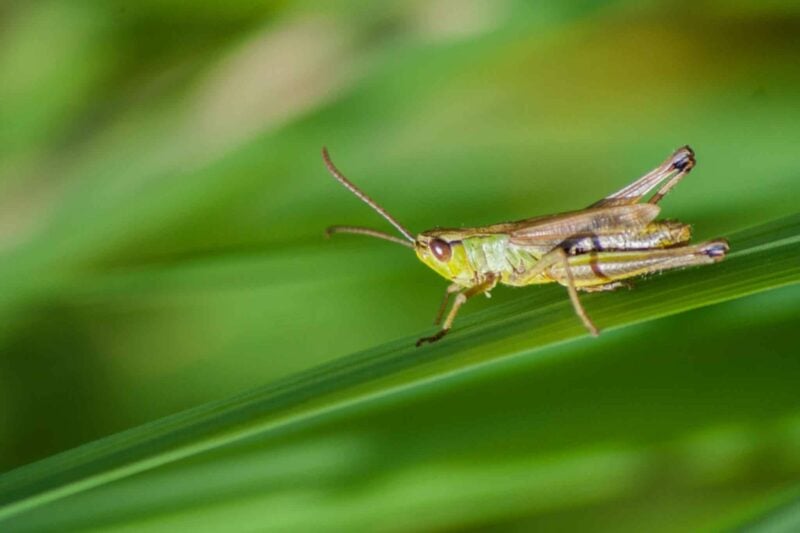
Across many cultures that consume insects, these creatures hold significance beyond mere nutrition, often featuring prominently in traditional medical systems. In China, the 2,000-year-old medical text “Shennong Ben Cao Jing” documents medicinal uses for cicadas, silkworms, and centipedes for treating conditions ranging from fever to convulsions. Korean traditional medicine utilizes ground cricket powder for liver ailments, while practices in Mexico employ jumiles (stink bugs) as analgesics. These traditional applications have garnered scientific attention, with researchers identifying bioactive compounds in various insect species that demonstrate antimicrobial, anti-inflammatory, and immunomodulatory properties.
Insects also occupy significant positions in cultural folklore and spiritual practices. Many indigenous Amazonian communities view certain beetles as spiritual messengers, while cicadas symbolize rebirth in Chinese cultural traditions. For Australia’s Aboriginal peoples, specific moth larvae are associated with Dreamtime stories and remain culturally significant foods. These rich cultural associations demonstrate that in societies where entomophagy is practiced, insects are not merely tolerated as protein sources but are deeply integrated into cultural knowledge systems, carrying symbolic meanings that reinforce their acceptability as food. This cultural integration contrasts sharply with Western contexts, where insects primarily appear in folklore as pests, contaminants, or indicators of decay—associations that reinforce aversion rather than acceptance.
The Future of Insect Foods in Global Food Systems

The global edible insect market is experiencing rapid growth, projected to reach $4.63 billion by 2027 according to recent market analyses. This expansion is driven by multiple factors, including increasing venture capital investment in insect protein startups, growing environmental concerns about conventional meat production, and protein security initiatives in developing economies. Western markets are seeing particular innovation in processed insect products like protein powders, snack foods, and meat alternatives that minimize the visual and textural aspects that trigger disgust responses. Meanwhile, traditional insect-consuming regions are witnessing modernization of production methods to meet food safety standards while preserving cultural preparation techniques.
Climate change may accelerate the integration of insects into global food systems. As traditional agriculture faces challenges from changing weather patterns, insect farming offers resilience advantages—many edible species can be raised in climate-controlled environments with minimal land requirements and low water usage. International development organizations including the FAO and World Bank have implemented programs supporting insect farming in food-insecure regions, recognizing its potential for sustainable protein production and economic development. The trajectory suggests a potential convergence, where Western markets gradually overcome cultural aversions through processed products and environmental messaging, while traditional insect-consuming regions scale production using modern techniques—creating diverse but increasingly connected global markets for insect-based foods adapted to local cultural contexts and preferences.
Insect Consumption in Popular Culture and Media

Media representations have played a significant role in shaping Western perceptions of entomophagy, often reinforcing aversion through sensationalist portrayals. Reality television programs like “Fear Factor” notoriously presented insect consumption as the ultimate disgust challenge, cementing associations between eating insects and extreme behavior rather than normal nutrition. Travel documentaries frequently frame insect foods as exotic curiosities or survival techniques rather than legitimate culinary traditions, inadvertently reinforcing their status as “other” to Western audiences. These portrayals create a significant barrier to normalization, as they present insect consumption as entertainment rather than serious dietary practice.
More recently, a counter-narrative has emerged in media coverage, with documentaries like “Bugs” and “The Gateway Bug” offering nuanced explorations of entomophagy’s cultural and environmental dimensions. Social media has become an important platform for normalizing insect foods, with influencers documenting their experiences trying cricket flour cookies or mealworm protein bars. Celebrity chef endorsements have been particularly influential, with figures like Gordon Ramsay and Andrew Zimmern showcasing insect cuisines respectfully. These evolving media representations suggest a gradual shift from exoticization toward normalization, though sensationalist portrayals continue to appear in popular culture, creating mixed messages for consumers curious about exploring insect foods but concerned about social perception.
Conclusion: Bridging the Entomophagy Divide

The stark divide between cultures that embrace insects as food and those that reject them reflects complex interactions between evolutionary psychology, environmental conditions, cultural transmission, and modern food systems. As global challenges of food security and environmental sustainability intensify, bridging this divide becomes increasingly important. The evidence overwhelmingly suggests that insect consumption offers significant nutritional and environmental advantages that could contribute to more sustainable food systems. Yet cultural acceptance cannot be forced through rational arguments alone—it requires sensitivity to deeply held food values and identity concerns.
The most promising approaches combine education about benefits with culturally appropriate product development that respects both the traditions of cultures with established entomophagy practices and the food preferences of hesitant consumers. Success will likely come through creating multiple pathways to acceptance—from high-end gastronomy that showcases insects’ culinary potential to affordable protein ingredients that address nutritional needs without challenging food identities. As climate change pressures conventional food systems, insects may transition from marginalized food source to mainstream protein option through necessity as much as choice.
- Why Some Cultures Eat Insects—and Others Refuse to Try - August 11, 2025
- The Groundbreaking Discoveries of Jane Goodall - August 11, 2025
- The Top 14 Most Endangered Animals and How We Can Save Them - August 11, 2025

